Introduction
Organic Chemistry is one of the most concept-heavy and reaction-driven parts of the NEET Chemistry syllabus. Unlike Inorganic Chemistry, which is more factual, or Physical Chemistry, which is more numerical, Organic Chemistry demands a deep understanding of mechanisms and a sharp memory for reactions. However, this section is also one of the most scoring, provided you adopt the right techniques for memorization.
Many students face challenges while trying to remember hundreds of reaction types, mechanisms, reagents, and products. Without a smart strategy, it’s easy to get overwhelmed. That’s where Deeksha Vedantu steps in. In this blog, we’ll show you the most effective tricks to memorize Organic Chemistry reactions for NEET 2025 and retain them until exam day. You’ll discover how to study more efficiently, build recall systems, and boost accuracy through repetition and logic.
Understanding the NEET Organic Chemistry Landscape
Organic Chemistry in NEET primarily covers the following chapters:
- General Organic Chemistry (GOC)
- Hydrocarbons (Alkanes, Alkenes, Alkynes)
- Haloalkanes and Haloarenes
- Alcohols, Phenols and Ethers
- Aldehydes, Ketones and Carboxylic Acids
- Amines
- Biomolecules
- Polymers
- Chemistry in Everyday Life
These chapters not only appear regularly in NEET but often include high-level thinking questions, conversions, and assertion-reason types. Mastery of Organic Chemistry helps improve your NEET Chemistry score dramatically, especially as it builds concepts relevant to Biology and Biochemistry.
Weightage: Organic Chemistry contributes approximately 35%–40% of the NEET Chemistry section. You can expect about 15–18 questions from this domain, many of which are reaction-based, including conversions and mechanisms. A few direct theory questions may also test the understanding of functional groups, mechanisms, or reagent use.
Check out our NEET Residential Coaching option for focused preparation.
The Science Behind Forgetting and How to Beat It
Before diving into tricks, it’s essential to understand why we forget reactions:
- Lack of application-based learning
- No pattern recognition or visual aid
- Over-reliance on rote memorization
- Failure to practice in test conditions
The brain retains information better through spaced repetition, visual association, and active recall. Organic Chemistry, rich in logic and patterns, is a subject where these methods can drastically improve your retention. Active engagement with reaction content and logic-focused learning can reduce the need for blind memorization.
You can use a 3-step learning cycle:
- Understand the mechanism
- Practice the reaction with examples
- Test your recall with minimal cues (e.g., only reagent given)
Best Tricks to Memorize Organic Chemistry Reactions
Trick 1: Reaction Mapping
One of the smartest ways to remember reactions is to create a visual map that links one compound to the next based on the transformation.
- Use flowcharts to map sequences (e.g., Alkane → Alkyl Halide → Alcohol → Aldehyde → Acid)
- Convert full chapters like Hydrocarbons or Alcohols into visual chains
- Highlight common reagents to show recurring usage patterns
Example:
- Alkene + HBr → Alkyl halide
- Alkyl halide + KOH (aq) → Alcohol
- Alcohol + PCC → Aldehyde
- Aldehyde + KMnO₄ → Carboxylic acid
Include arrows, color coding, and boxed tips to make the flowcharts more memorable. Create chapter-wise maps on A4 sheets and stick them on your study wall for frequent visual recall.
Trick 2: Use of Mnemonics
Mnemonics are fun, easy-to-remember phrases that help you recall reagents, priority orders, and reaction conditions. This makes it easier to recall during high-pressure exam moments.
Examples:
- Reactivity Order of Halides in SN1 Reactions:
- Electrophilic Substitution Order in Benzene Derivatives:
- Mnemonic for oxidation series: “A Cool Animal Kicks Dog Claws Bravely”
Create your own mnemonics based on personal associations or use ones that rhyme for longer retention.
Trick 3: Mechanism-Based Understanding
Instead of trying to memorize each individual reaction, group them based on reaction mechanisms. Most NEET questions are conceptual, so this trick boosts both retention and application.
Common Mechanisms:
- Nucleophilic Substitution (SN1/SN2)
- Electrophilic Addition (to Alkenes, Alkynes)
- Electrophilic Aromatic Substitution (Benzene series)
- Nucleophilic Addition (Aldehydes, Ketones)
- Free Radical Substitution (Alkanes)
Understanding reaction intermediates like carbocations, carbanions, and free radicals helps predict products even if you forget exact reagents. This knowledge also applies well to reasoning-based MCQs.
Trick 4: Practice with One-Page Summaries
Create concise one-page reference sheets per functional group. Each sheet should include:
- Key reactions
- Reagents and conditions
- Special notes (e.g., product orientation, major/minor products)
Use color-coding:
- Red for oxidizing agents
- Green for reducing agents
- Blue for substitution
Repeat the one-pagers every few days and include a blank template version to test yourself. Add key diagrams such as mechanism arrows or resonance structures.
Example Layout:
| Reaction | Reagent | Condition | Product |
| Alcohol → Aldehyde | Mild Oxidation | Aldehyde | |
| Aldehyde → Alcohol | Dry ether | Alcohol | |
| Acid → Alcohol | Heat | Primary Alcohol | |
| Alcohol → Ester | Reflux | Ester |
Trick 5: Smart Use of Flashcards and Apps
Make flashcards for:
- Named reactions (e.g., Aldol, Cannizzaro, Hoffmann)
- Functional group conversions
- Reactivity trends and reagents
- Functional group recognition with structures
Use digital apps like Anki or Quizlet. These offer spaced repetition systems (SRS), ensuring reactions are revised just when you’re about to forget them.
Keep a “Flash Five” rule: revise five flashcards daily before and after study sessions. Track which reactions you consistently forget and double down on them with custom notes.
Must-Know Reaction Series for NEET
- Alkane → Halide → Alcohol → Aldehyde → Acid → Amide → Amine
- Alkyne → Alkene → Alkane
- Alcohol → Ester → Acid → Salt
- Aromatic ring → Halogen → Nitro → Amino → Diazonium → Coupling Product
These chains appear frequently in NEET conversions. Being able to recognize the full sequence and jump between steps quickly can help you eliminate wrong options in MCQs even when you’re unsure of the exact product.
Explore Deeksha Vedantu Long Term NEET Coaching to boost your NEET Scores today.
Named Reactions to Know
| Reaction | General Equation | Key Reagents | Use in NEET |
| Aldol Condensation | Common MCQ | ||
| Cannizzaro Reaction | Direct NCERT | ||
| Hoffmann Bromamide | Frequently asked | ||
| Kolbe’s Reaction | Memory-based | ||
| Sandmeyer Reaction | Popular in conversions | ||
| Friedel-Crafts | Conceptual | ||
| Wurtz Reaction | NEET PYQ | ||
| Hell-Volhard-Zelinsky | Mechanism test |
Common Mistakes to Avoid When Learning Reactions
- Ignoring NCERT: Most NEET reactions are straight from NCERT line diagrams
- Not grouping reactions: Learn by type (oxidation, substitution) instead of chapter-wise
- Memorizing without mechanism: Can’t apply in MCQs without logic
- Missing special cases: Like benzene orientation, tautomerism, etc.
- Forgetting exceptions: e.g., tertiary alcohols don’t undergo oxidation easily
- Focusing only on named reactions: Many NEET questions involve common reactions not named explicitly
FAQs
How many Organic Chemistry questions are there in NEET?
Usually around 15–18 out of 50 questions in NEET Chemistry are from Organic Chemistry.
What are the most important chapters in NEET Organic?
GOC, Hydrocarbons, Haloalkanes, Aldehydes, Alcohols, and Amines are top priority.
Is NCERT enough to master NEET Organic reactions?
Yes, especially for reactions and conversions. Solve NCERT back exercises and in-text examples repeatedly. Use Deeksha Vedantu’s chapter-wise sheets to complement your NCERT prep.
How often should I revise reactions before NEET?
Weekly for the first few months, then increase to every 3 days in the last 45 days. Use flashcards, summaries, and timed quizzes.
Should I study Organic Chemistry before or after Inorganic?
Study them in parallel. Organic takes longer to master, so begin early, especially with GOC.
Conclusion
Organic Chemistry for NEET doesn’t have to be difficult if you approach it with logic and memory tricks. The more visual and conceptual your approach, the better your retention. Use flowcharts, flashcards, mnemonics, and practice sheets to simplify your learning process.
At Deeksha Vedantu, we help students tackle Organic Chemistry using scientifically proven techniques like active recall, spaced repetition, and mechanism-first learning. Join us to get access to curated flashcards, visual memory maps, and last-minute NEET revision modules.
Success in Organic Chemistry comes down to repeated exposure, smart systems, and the ability to connect reactions through logic, not just memory.
Table of Contents


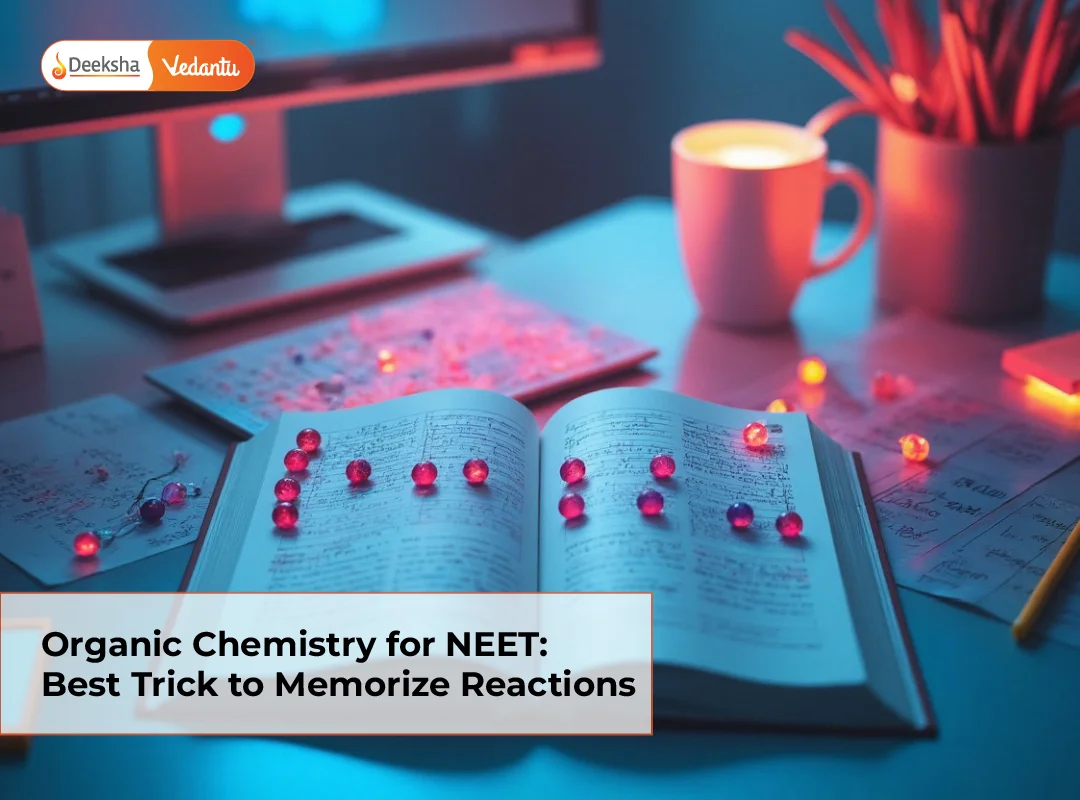



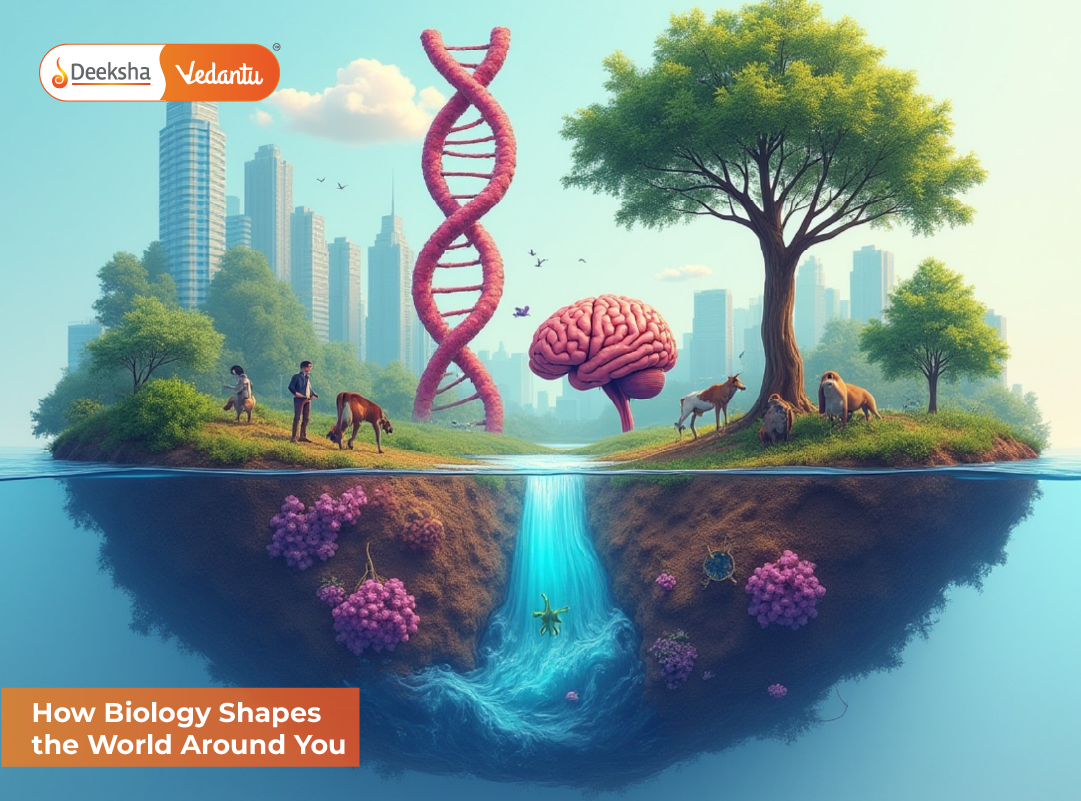



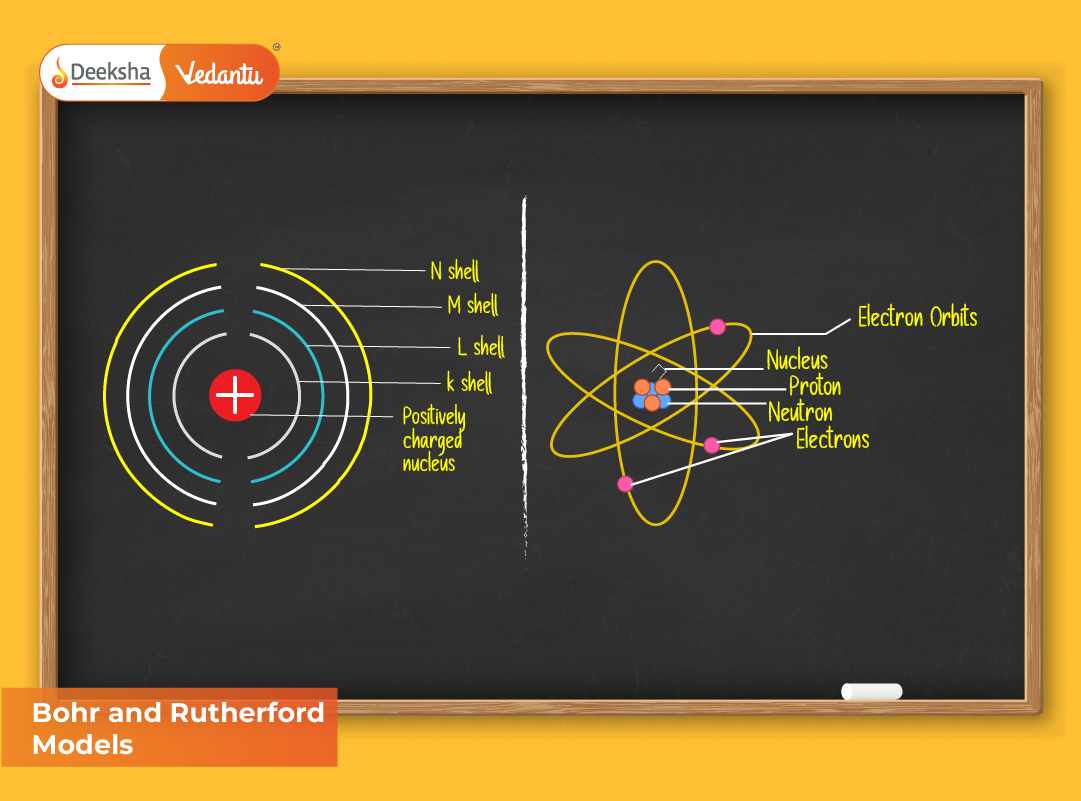
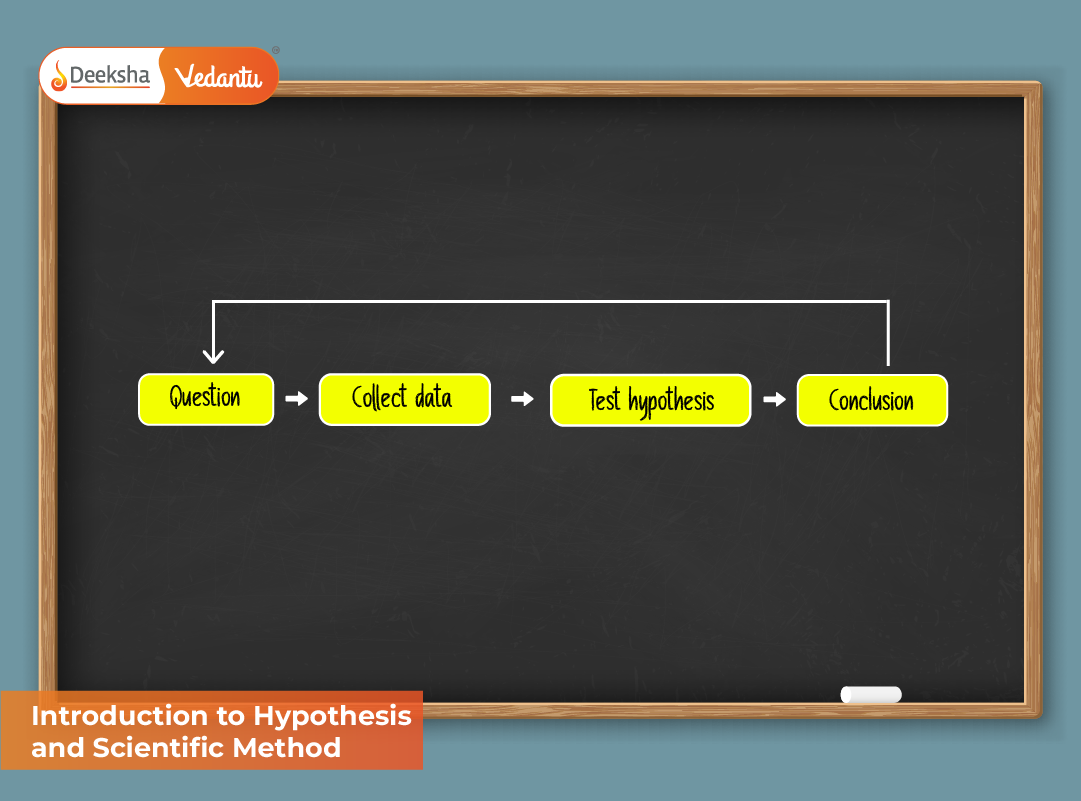
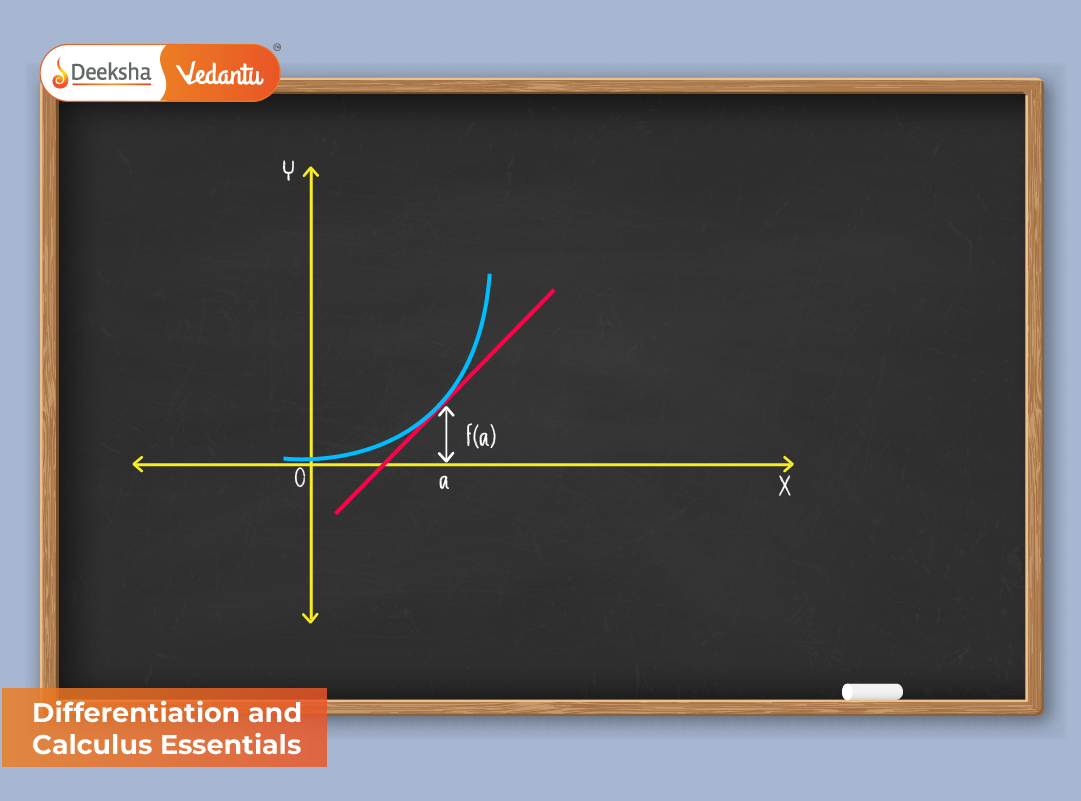


Get Social